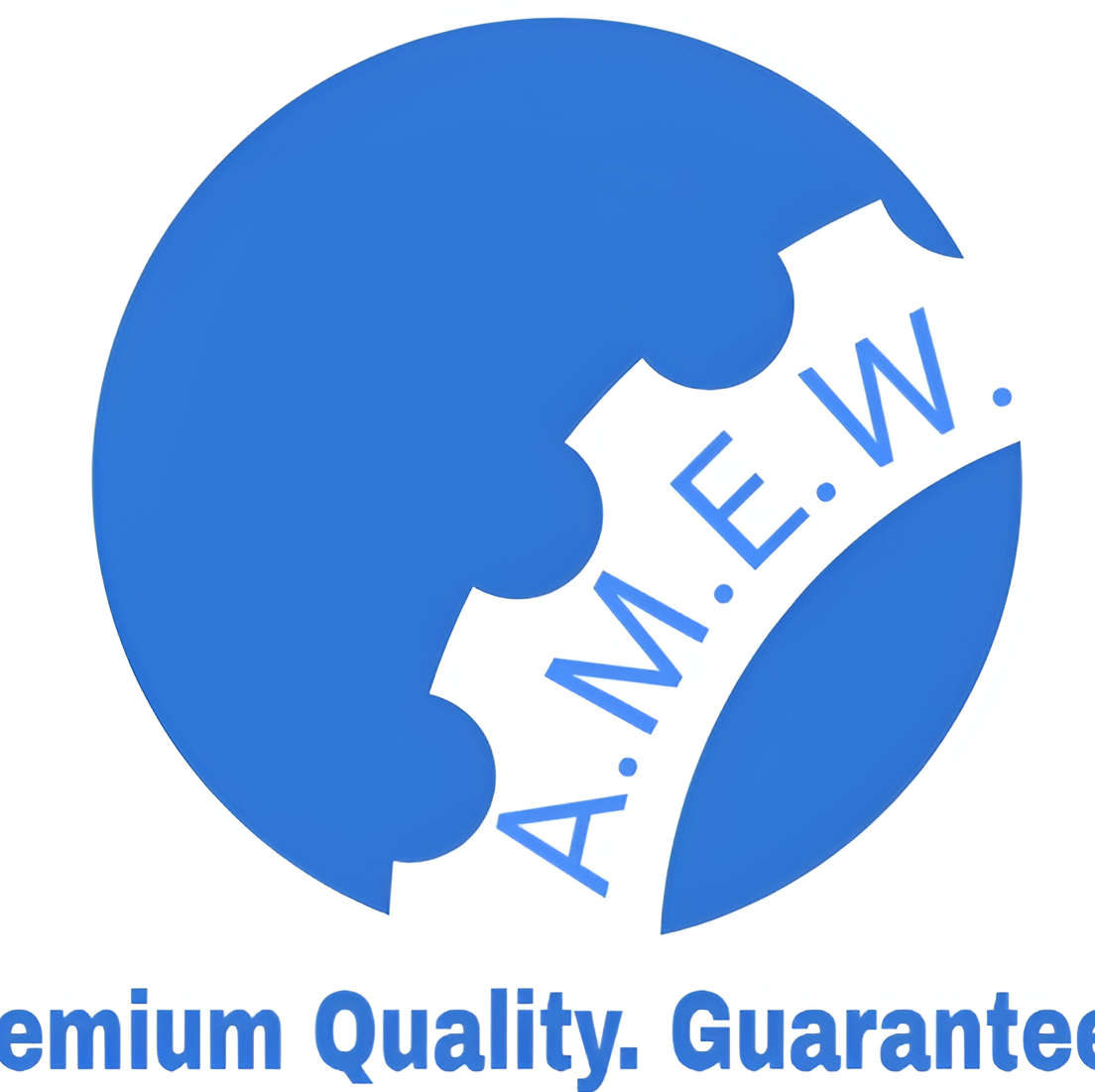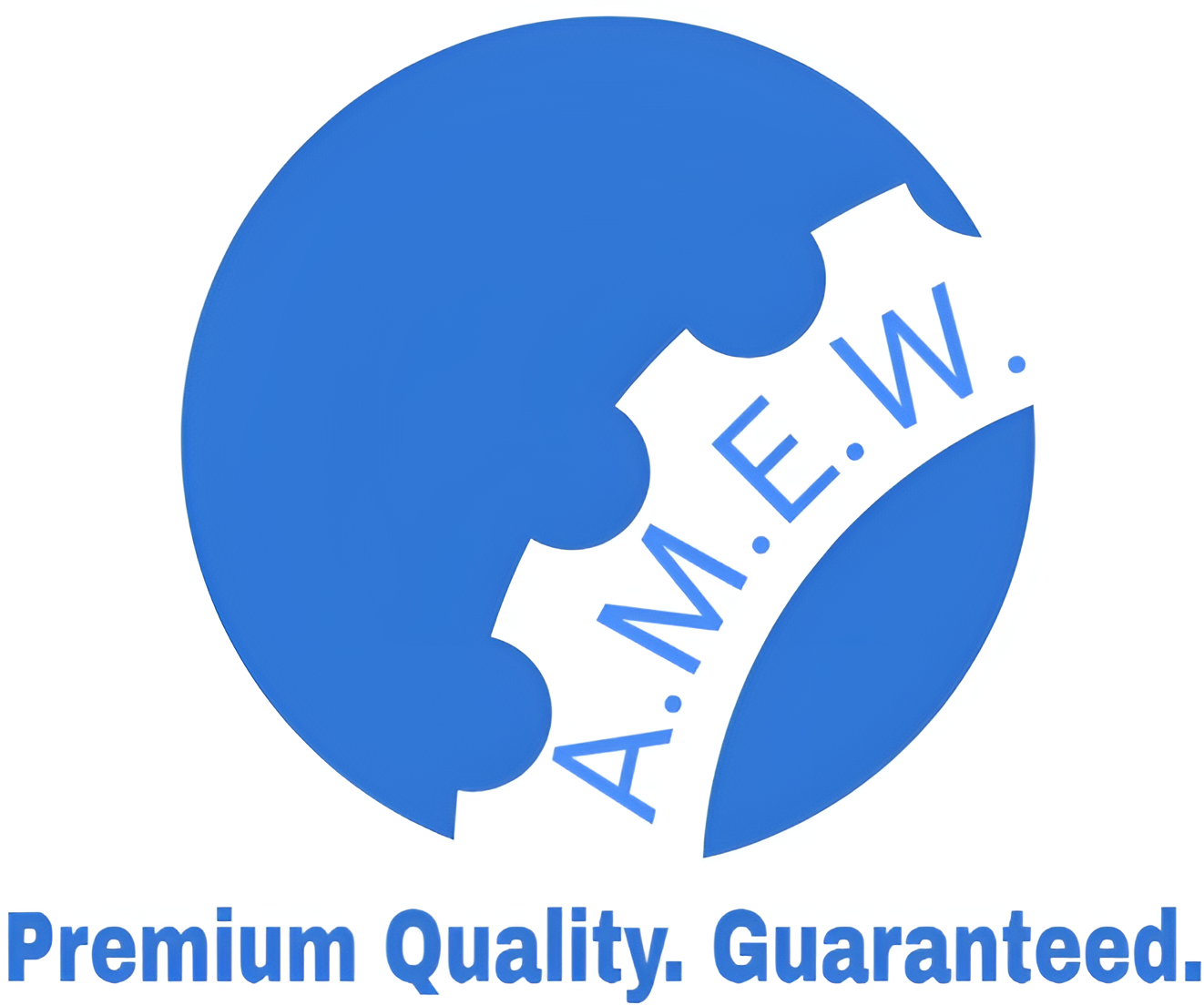🔍 Low Alloy Steel vs Carbon Steel – Key Differences Explained
🏗️ Introduction – What’s the Difference Between Low Alloy and Carbon Steel?
In the world of metallurgy and construction, choosing the right steel can significantly impact strength, longevity, and cost. Two of the most common categories are low alloy steel and carbon steel. While they may look similar, they differ in composition, performance, and applications.
In this blog, we’ll break down the key differences between low alloy steel and carbon steel, helping you select the right material for your industrial or structural application.
🧪 Composition Comparison
✅ Carbon Steel
Carbon steel contains up to 2.1% carbon as its main alloying element and small amounts of manganese, silicon, and copper.
Typical Carbon Steel Composition:
- Carbon: 0.05–1.0%
- Manganese: 0.3–1.2%
- Silicon: 0.1–0.4%
- Trace sulfur and phosphorus
✅ Low Alloy Steel
Low alloy steels include small percentages of additional elements like nickel, chromium, molybdenum, vanadium, etc., to improve performance. Total alloying elements are generally <5%.
Typical Low Alloy Steel Composition:
- Carbon: 0.1–0.25%
- Manganese: 0.5–2.0%
- Chromium: 0.3–1.0%
- Nickel: 0.2–1.0%
- Molybdenum: 0.1–0.5%
📞 Need help selecting material? Get a Quote or call +91 7385863226
⚙️ Mechanical Properties
| Property | Carbon Steel | Low Alloy Steel |
|---|---|---|
| Strength | Moderate | High (especially with Mo, Cr) |
| Toughness | Lower at low temps | Better impact resistance |
| Corrosion Resistance | Low | Improved (Ni, Cr presence) |
| Weldability | Good (in mild grades) | Good (varies by alloy) |
| Heat Resistance | Limited | High (with Mo, Cr) |
💡 Key Differences – Low Alloy Steel vs Carbon Steel
1. Strength & Hardness
- Low alloy steel offers higher strength and toughness due to alloying elements like Cr and Mo.
- Carbon steel, especially high carbon grades, may be harder but more brittle.
2. Corrosion Resistance
- Low alloy steels, particularly those with nickel and chromium, offer superior corrosion resistance.
- Carbon steel needs protective coatings to resist rust.
3. Weldability
- Both are weldable, but low alloy steels may require preheating or post-weld heat treatment, depending on grade.
4. Cost
- Carbon steel is more affordable, making it ideal for budget-sensitive applications.
- Low alloy steel is more expensive but offers better long-term value.
🏗️ Applications of Each Steel Type
✅ Carbon Steel Uses:
- Structural beams and frames
- General fabrication and machining
- Pipes and tubing
- Automotive chassis
✅ Low Alloy Steel Uses:
- Pressure vessels and boilers
- Power plants and oil refineries
- High-rise buildings and bridges
- Mining and construction equipment
🧠 Which One Should You Choose?
Choose Carbon Steel if:
- Your project has low to moderate stress requirements
- You need an affordable option for general fabrication
- Rust and corrosion can be managed with coatings
Choose Low Alloy Steel if:
- Your application demands high strength, impact toughness, or corrosion resistance
- You’re working in harsh weather or high-temperature conditions
- You need to reduce weight without compromising performance
📋 Example Grades of Each Steel Type
🧱 Common Carbon Steel Grades:
- IS 2062 E250 / E350
- ASTM A36
- C45 (Medium Carbon Steel)
🏗️ Common Low Alloy Steel Grades:
- ASTM A572 (High-Strength Structural Steel)
- ASTM A387 (Chromium-Molybdenum Pressure Vessel Steel)
- EN 10025 S355NL
🔗 Related Steel Product Pages
📞 Talk to an Expert – Get Help with Selection
At Titan Steel & Engineering Co., we help customers choose the right steel for every job. From carbon steel for basic fabrication to low alloy steel for heavy-duty industrial applications, we offer:
- Wide stock range
- Custom sizes & thicknesses
- Timely delivery across India
- Tech support and test certificates
📍 Address: Plot No. 15, Khan Compound, Taloja M.I.D.C. Navi-Mumbai 410208, Maharashtra INDIA
📞 Phone: +91 7385863226
📧 Email: sales@titansteel.in
📈 Summary Table
| Feature | Carbon Steel | Low Alloy Steel |
|---|---|---|
| Cost | Lower | Higher |
| Corrosion Resistance | Low | Moderate to High |
| Strength | Moderate | High |
| Weldability | Good | Good with some precautions |
| Best Use | Basic fabrication | Heavy-duty/industrial |
✅ Conclusion
When comparing low alloy steel vs carbon steel, it’s all about matching performance to project requirements. Carbon steel is budget-friendly and suitable for general uses, while low alloy steel delivers superior strength, toughness, and corrosion resistance for demanding environments.
Looking for high-quality material at competitive prices? Trust Titan Steel & Engineering Co. for expert advice and fast delivery across India.
📩 Get a Quote | 📞 +91 7385863226 | ✉️ sales@titansteel.in

